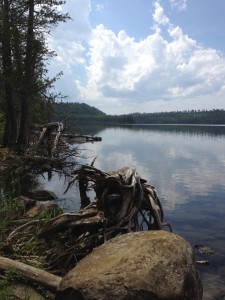Friday, November 16th, 2012
Foreign Invasion
Sometimes, going ‘global’ isn’t always a good thing. In fact, globalization wreaks havoc on the natural community.
Recently, a land manager told me that some places in Austin look more like China than Central Texas.
The sad thing is, he’s right. There’s a hoard of invasive species overtaking the landscape in Austin, especially on public lands, and it’s a huge beast to tackle. Plants like Japanese privet, Chinaberry and Chinese privet are all native to Asia, but came here after people decided that they looked pretty in their yards. These plants are known as ornamentals, and people plant them because they look nice. They also thrive in Austin’s winterless and favorable climate.

This tree is probably the great-grandmother of all ligustrum trees within a mile radius or so. It’s huge. It’s hard to tell, but that tree is full of luscious berries. Birds love that stuff.
Click here to read more




